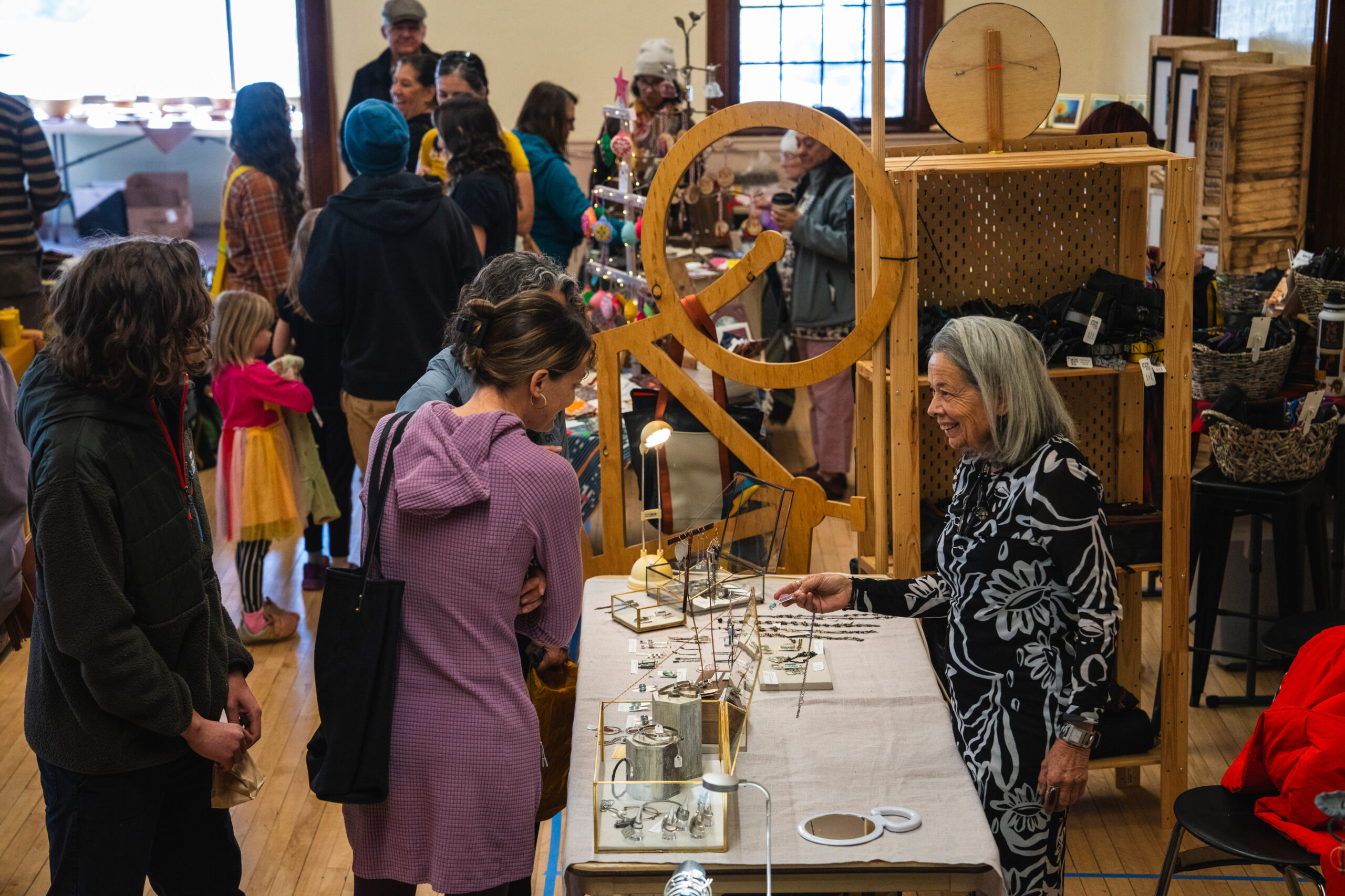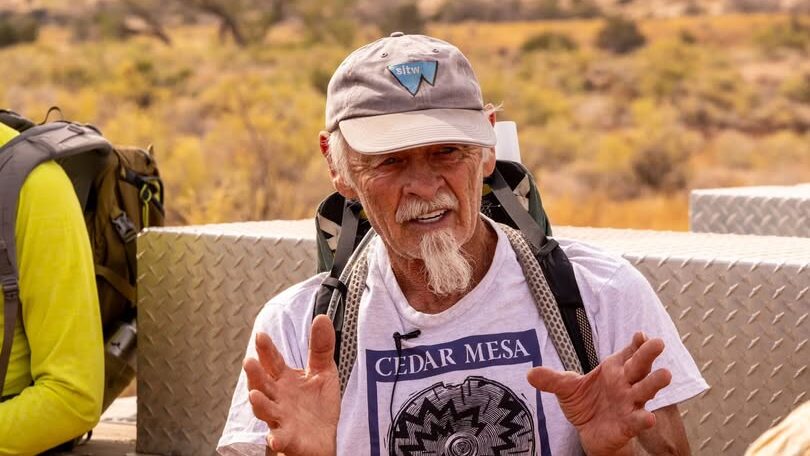Some information may be outdated.
“The People’s Tapestry: Weaving Tradition in Navajo Culture” is now on display at the Moab Museum, featuring a variety of styles of Navajo textiles, including the Germantown blanket. In this column throughout the summer, the Museum team will feature a variety of weaving styles and their associated backgrounds and stories.
This exhibition is a celebration of the magnificent weavings created by the Diné (which means “the people” in Navajo). The significance of Diné textiles transcends artistic expression; weavers beautify their world through the spiritual act of weaving and integrate their art into the web of everyday life. The Navajo weaver’s song declares, “with beauty, it is woven.”
What are the origins of the Germantown blanket?
Germantown blankets were primarily woven between 1864 and 1910, with the majority of the weavings made from 1885-90. The name comes from the commercially made wool yarn produced in the region of Germantown, Pennsylvania. Germantown yarns came in a number of bright colors including yellows, reds, pinks, greens, and purples, many of which had not been seen by weavers before. When trading post owners began shipping Germantown yarn to the Navajo Reservation, weavers, drawn to the range of colors not yet utilized in the textile art form, created a new style with it: The Germantown Blanket.
This new creative application of non-Native fibers primarily addressed tourist markets and interests, instead of weavings worn or utilized by the Navajo themselves. Due to the delicacy of Germantown Blankets and their cotton warp, these textiles often hung from beds or walls instead of being placed on the floor in a rug-fashion, thus preserving their designs.
How to identify a Germantown blanket
Germantown blankets are distinct not only in the coloring of the yarn that is used. These weavings also utilize yarn that is made from plied threads—threads that were twisted together. Early Germantown yarn was three-ply, but by the early 1870s, four-ply became the standard. When you spot a Germantown, try to note the thickness of the yarn strands.
The Moab Museum is dedicated to sharing stories of the natural and human history of the Moab area. This is part of a series highlighting distinct textiles and styles displayed in the Museum’s temporary exhibition “The People’s Tapestry,” displayed summer-winter 2023. To explore more of Moab’s stories and artifacts, find out about upcoming programs, and become a Member, visit www.moabmuseum.org.
Appreciate the coverage? Help keep local news alive.
Chip in to support the Moab Sun News.





